
PRISMS & RETROREFLECTORS
Prisms
Prisms are solid optical glass that is ground and polished into geometrical and optically significant shapes. The angles, position, and number of surfaces help define the type and function. One of the most recognizable uses of prisms, as demonstrated by Sir Isaac Newton, consists of dispersing a beam of white light into its component colors
This application is utilized by refractometer and spectrographic components. Since this initial discovery, prisms have been used in "bending" light within a system into a smaller space, changing the orientation of an image, as well as combining or splitting optical beams with partial reflecting surfaces. These uses are common in applications with telescopes, binoculars, surveying equipment, and a host of other applications. A notable characteristic of prisms is their ability to be modeled as a system of plane mirrors in order to simulate the reflection of light within the prism medium.
Replacing mirror assemblies is perhaps the most useful application of prisms, since they both bend or fold light and change image parity. Often, multiple mirrors are needed to achieve results similar to a single prism. Therefore, the substitution of one prism in lieu of several mirrors reduces potential alignment errors, increasing accuracy and minimizing the size and complexity of a system.
Retroflectors
Retroreflectors function by reflecting a beam or image 180° back toward its original direction. Depending on the coating, a prism does this through specular reflections or total internal reflections (TIR).
A corner reflector is a retroreflector made of up 3 mutually perpendicular, square shaped intersecting surfaces which translate and reflect waves directly towards the source. Corner cubes or cube corners (also known as optical corner reflectors) are made up of 3 sided glass prisms, and are commonly utilized in laser ranging and surveying. When used for surveying, these retroreflector prisms are most often implemented as targets for long-range electronic distance measurement using a total station. In optics, corner reflectors are often made up of 3 reflective prism faces, or mirrors, which oppositely reflect an incident light beam.
Applications that require difficult or tedious precision alignment can utilize retroflection prisms to reflect incident light back to the light source. Retroreflection prisms will always reflect incident light back to the source, no matter the orientation of the prism. Unlike an optical mirror that requires a normal angle, retroflection prisms can be oriented in any position as long as the incident light hits an entrance face. The retroflection prisms total internal reflections enable it to function effectively even at extreme angles of incidence.
Types of prisms:
Dispersive prisms:
o Triangular prism
o Abbe prism
o Pellin–Broca prism
o Amici prism
o Compound prism
o Grism
Reflective prisms:
o Porro prism
o Porro–Abbe prism
o Amici roof prism
o Pentaprism and roof pentaprism
o Abbe–Koenig prism
o Schmidt–Pechan prism
o Bauernfeind prism
o Dove prism
o Retroreflector prism
Beam-splitting prisms:
o Beam splitter cube
o Dichroic prism
Polarizing prisms:
o Nicol prism
o Wollaston prism
o Nomarski prism – a variant of the Wollaston prism with advantages in microscopy
o Rochon prism
o Sénarmont prism
o Glan–Foucault prism
o Glan–Taylor prism
o Glan–Thompson prism
Deflecting prisms:
o Wedge prism
o Rhomboid prism

 CUSTOM OPTICAL FILTERS
CUSTOM OPTICAL FILTERS
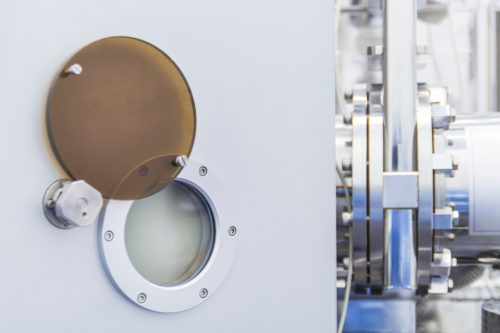 OPTICAL WINDOWS
OPTICAL WINDOWS
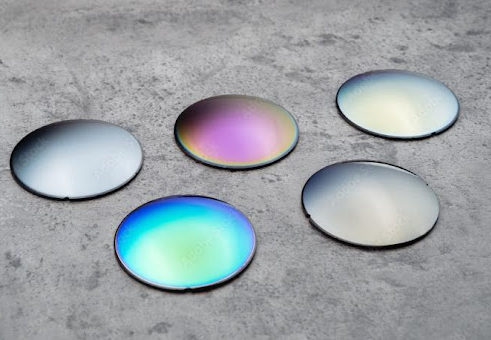 OPTICAL COATINGS
OPTICAL COATINGS
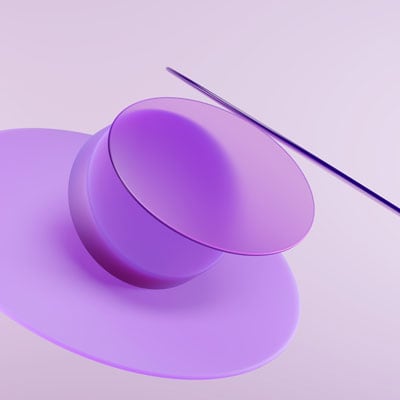 UV OPTICS
UV OPTICS
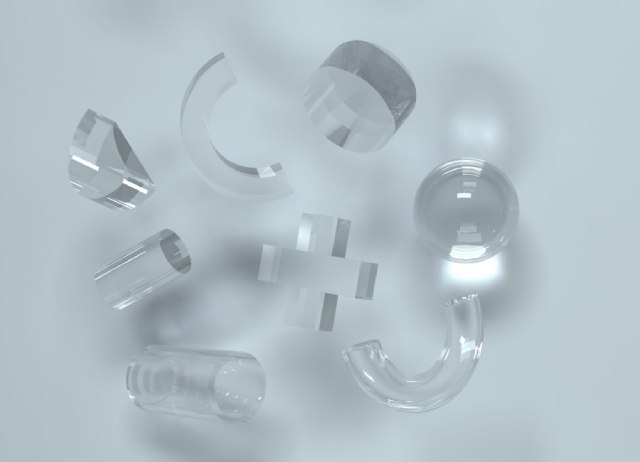 CYLINDRICAL OPTICS
CYLINDRICAL OPTICS
 CUSTOM TEMPERED OPTICS
CUSTOM TEMPERED OPTICS
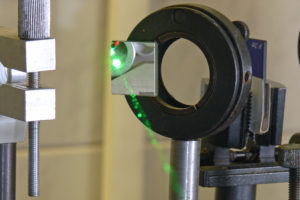 OPTICAL MIRRORS
OPTICAL MIRRORS
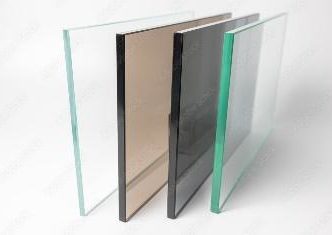 NEUTRAL DENSITY
NEUTRAL DENSITY
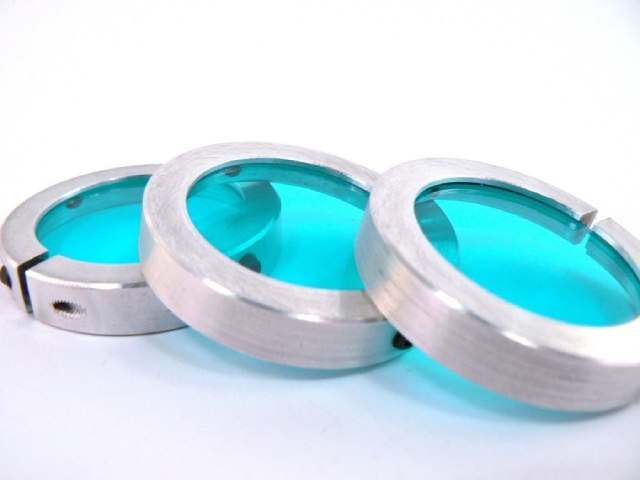 ASSEMBLIES
ASSEMBLIES
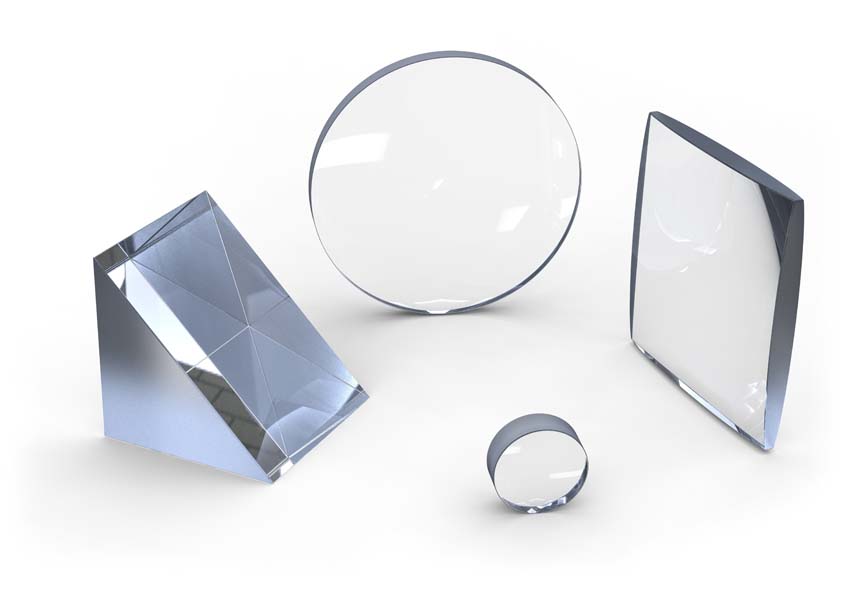 OPTICAL LENSES
OPTICAL LENSES
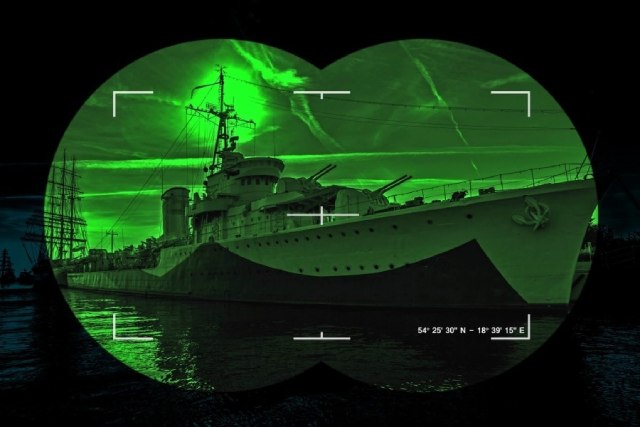 NIGHT VISION FILTERS
NIGHT VISION FILTERS
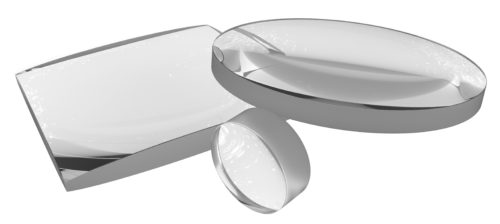 ACHROMATIC LENSES
ACHROMATIC LENSES
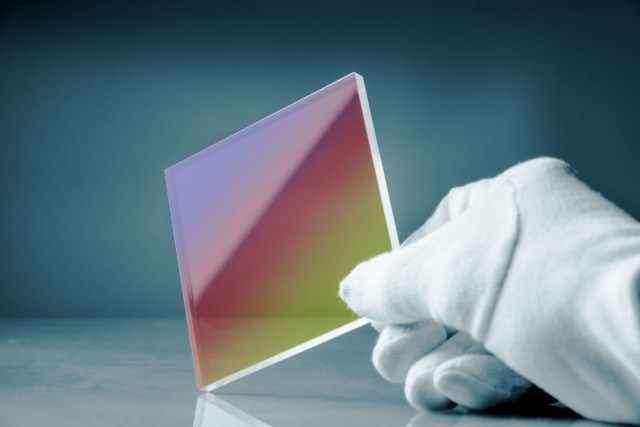 OPTICAL BEAM SPLITTERS
OPTICAL BEAM SPLITTERS